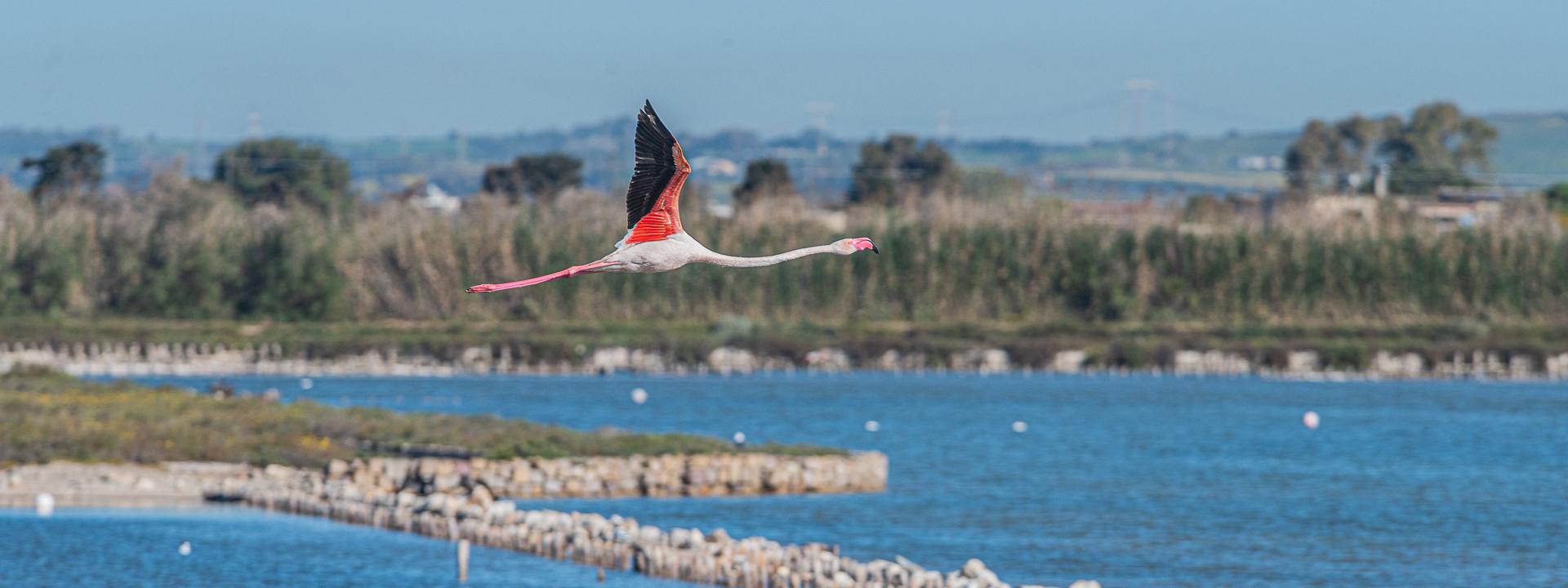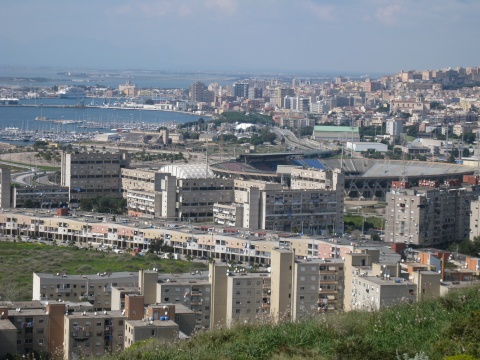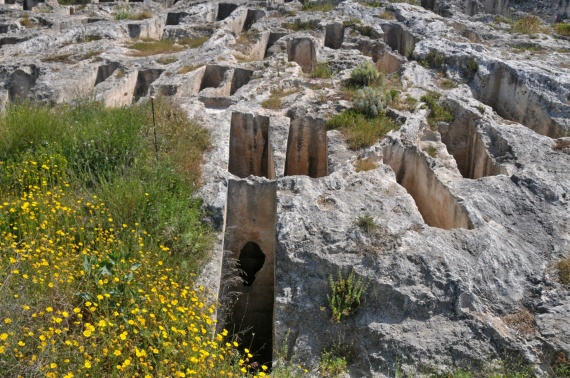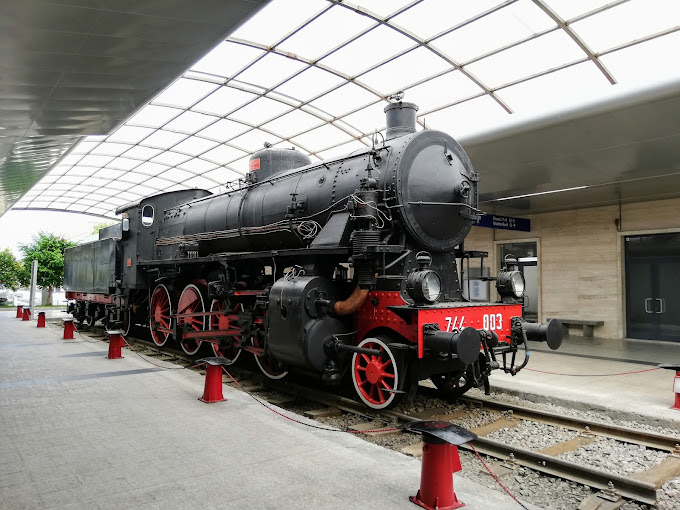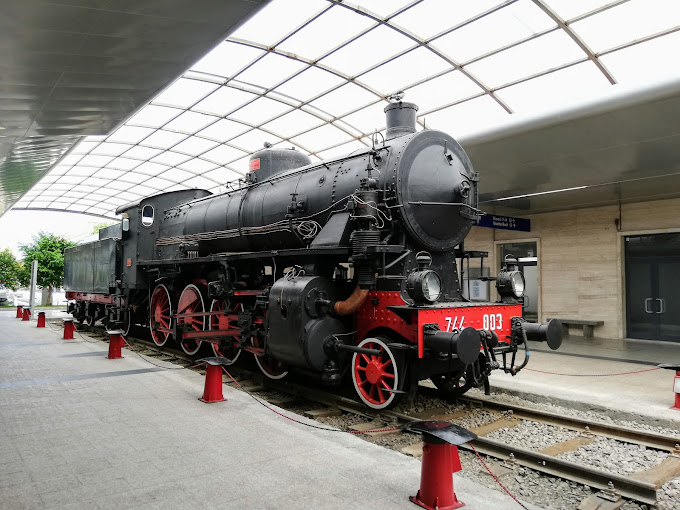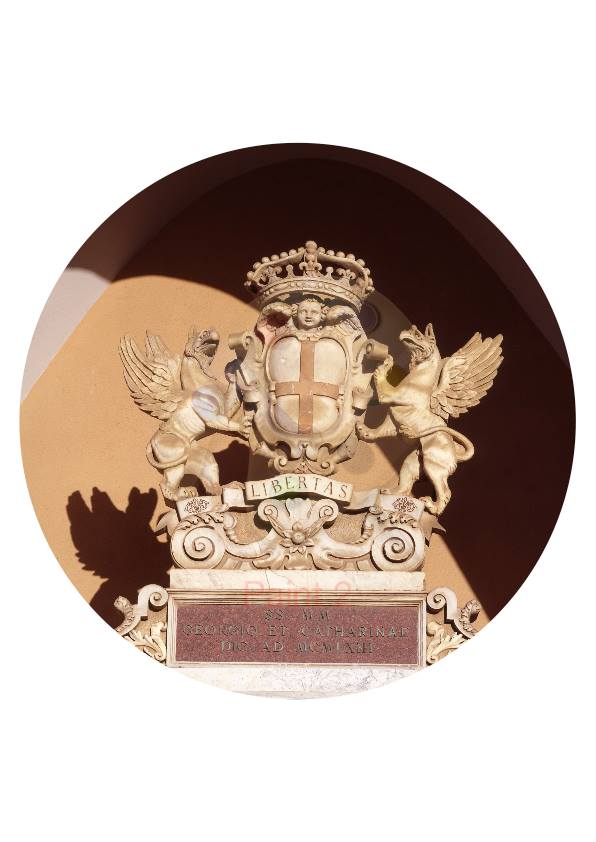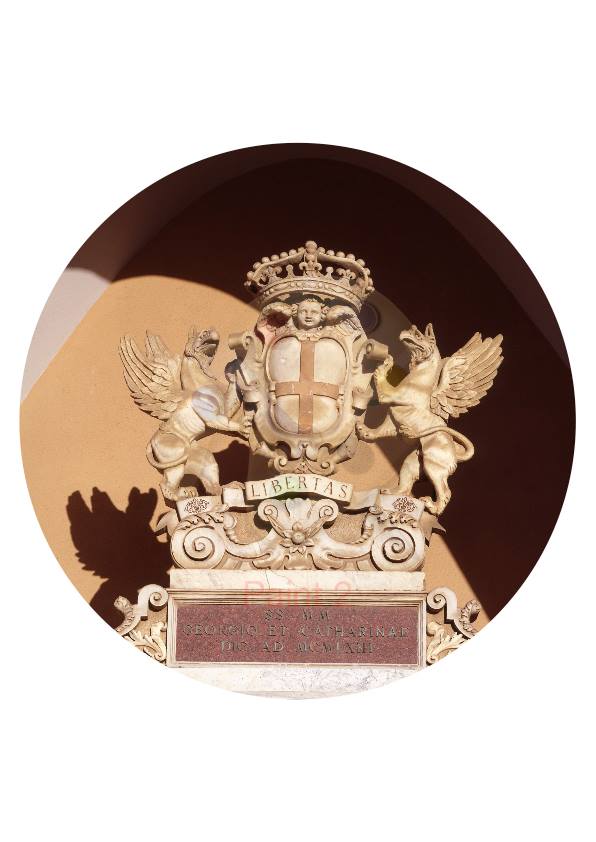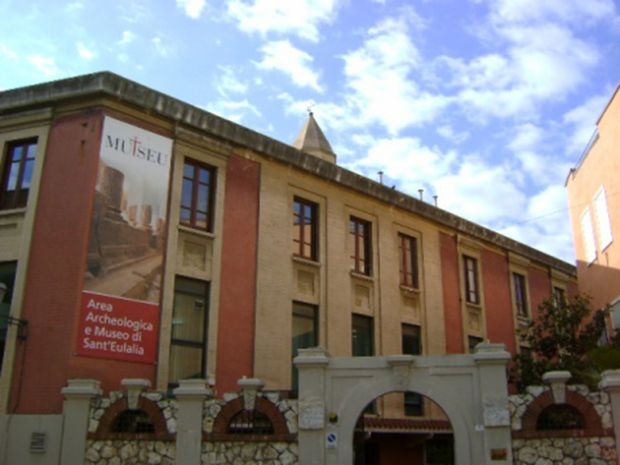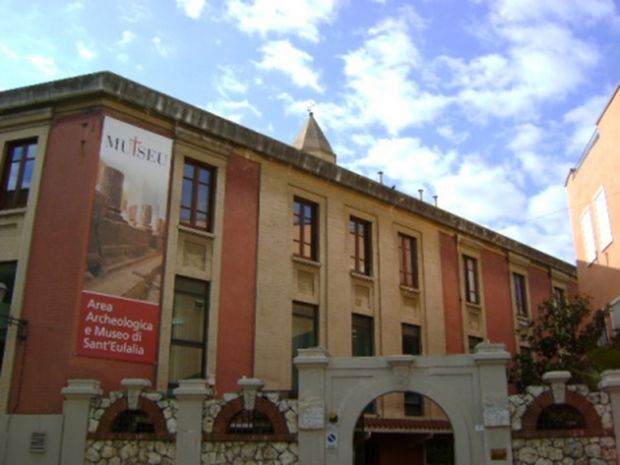Oratorio del Santissimo Crocifisso
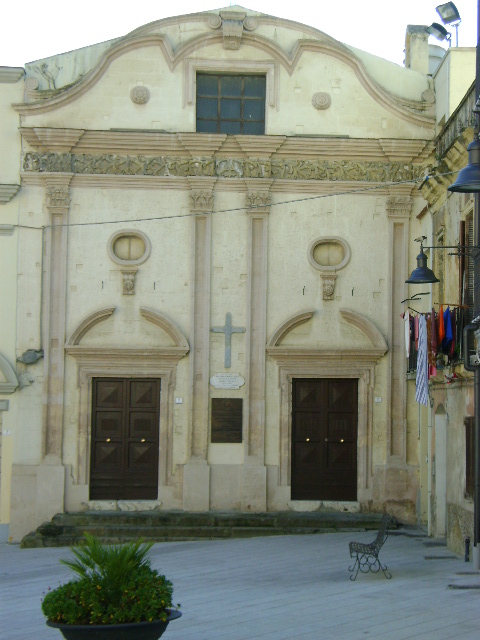
Built between 1665 and 1667 in the Baroque style, it is the seat of the "Arciconfraternita della Solitudine", which curates the rites of Holy Week. It preserves the wood carvings called "Is Misterius", which are taken in procession on the Friday.
The oratory of the Santissimo Crocifisso is a church in the Villanova district, overlooking San Giacomo Square and it is adjacent to the homonymous church. It is the seat of the Archconfraternity of the Most Holy Crucifix, the protagonist of the rites that take place during the Holy Week. The small Baroque temple was erected in the second half of the seventeenth century over an existing building. The facade is divided into two mirrors and a portal opens on each mirror. Inside stands a majestic high altar in gilded wood and there are also eighteenth-century statues, work of Antonio Lonis that is used in Easter processions.
Oratorio del Santissimo Crocifisso
Oratorio del Santissimo Crocifisso
Piazza San Giacomo

Add new review
Your review will be visible after approval by the editors
To post a review you must be an authenticated user.
Log in with Social Login
